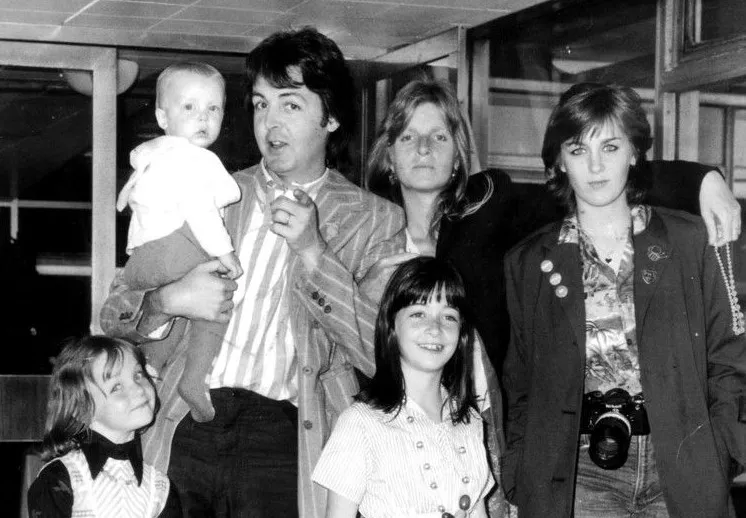Television history is replete with iconic moments that have left an indelible mark on the cultural landscape. One such moment unfolds in "The Honeymooners," a classic sitcom that captured the essence of working-class life in 1950s America. In Season 1, Episode 36, titled "Alice and the Blonde," we are treated to a masterclass in comedic storytelling, as well as a reflection on relationships, trust, and the pursuit of happiness.
(Watch the video below)

"The Honeymooners," created by and starring Jackie Gleason as Ralph Kramden and Art Carney as Ed Norton, centers around the lives of two blue-collar couples living in a Brooklyn apartment building. The show's enduring appeal lies in its relatable characters and the humor derived from the everyday challenges they face.
In "Alice and the Blonde," we witness the Kramdens' dynamic take center stage. The episode begins with Ralph, a bus driver with dreams of striking it rich, in his typical blustery manner. Ed Norton, his loyal but somewhat naive best friend and neighbor, is there to provide comedic relief and unwavering support. The crux of the episode, however, revolves around Ralph's suspicions regarding Alice, his sharp-witted and loving wife played by Audrey Meadows.

The plot unfolds as Ralph stumbles upon a misplaced earring in their apartment. Jumping to conclusions, he assumes the worst—that Alice is having an affair with a mysterious "blonde." The comedic tension builds as Ralph's overactive imagination propels him into a jealous frenzy, setting the stage for a series of hilarious misunderstandings.
What makes "Alice and the Blonde" stand out is the impeccable comedic timing of the cast, particularly Gleason and Meadows. Their chemistry and ability to convey humor through facial expressions and body language elevate the episode beyond mere slapstick comedy. Meadows, in particular, shines as Alice, effortlessly navigating the complex emotions of a wife wrongfully accused while delivering sharp-witted retorts that showcase her character's strength and intelligence.
As the misunderstandings pile up, the episode cleverly explores the theme of trust within relationships. Ralph's insecurities and baseless suspicions serve as a humorous commentary on the fragility of trust and the dangers of jumping to conclusions. Meadows' portrayal of Alice as a confident, loving partner accentuates the importance of communication and understanding in any relationship.

Amidst the laughter, "Alice and the Blonde" imparts subtle yet valuable life lessons. The Kramdens' relationship is a testament to the idea that, despite the inevitable challenges and misunderstandings, a strong foundation of love and trust can weather any storm. The episode encourages viewers to reflect on their own relationships, urging them to prioritize open communication over knee-jerk reactions.
The brilliance of "The Honeymooners" lies in its ability to balance humor with genuine emotion. While Ralph's antics provide ample laughs, the underlying sincerity of the characters and their relationships prevents the show from descending into mere farce. The relatability of the Kramdens' struggles, combined with the timeless themes explored in each episode, contributes to the show's enduring legacy.

Furthermore, "Alice and the Blonde" showcases the societal norms and gender dynamics of the 1950s. Alice, despite being a product of her time, emerges as a progressive character. She challenges traditional gender roles, standing up to Ralph's baseless accusations with wit and grace. In doing so, the episode subtly critiques the expectations placed on women in that era.
In retrospect, "The Honeymooners" has become a cultural touchstone, influencing generations of sitcoms that followed. Its impact can be seen in the evolution of television storytelling, as well as in the enduring popularity of characters like Ralph and Alice. The show's ability to balance humor with genuine emotion, coupled with its exploration of timeless themes, ensures its place in the pantheon of television classics.

As we revisit "Alice and the Blonde," we are reminded not only of the comedic genius of Jackie Gleason and the cast but also of the enduring appeal of relatable, character-driven storytelling. In the span of a half-hour, the episode manages to elicit laughter, provoke thought, and offer a glimpse into the universal challenges of relationships. It stands as a testament to the power of television to entertain, enlighten, and leave a lasting impact on the hearts and minds of its audience.

